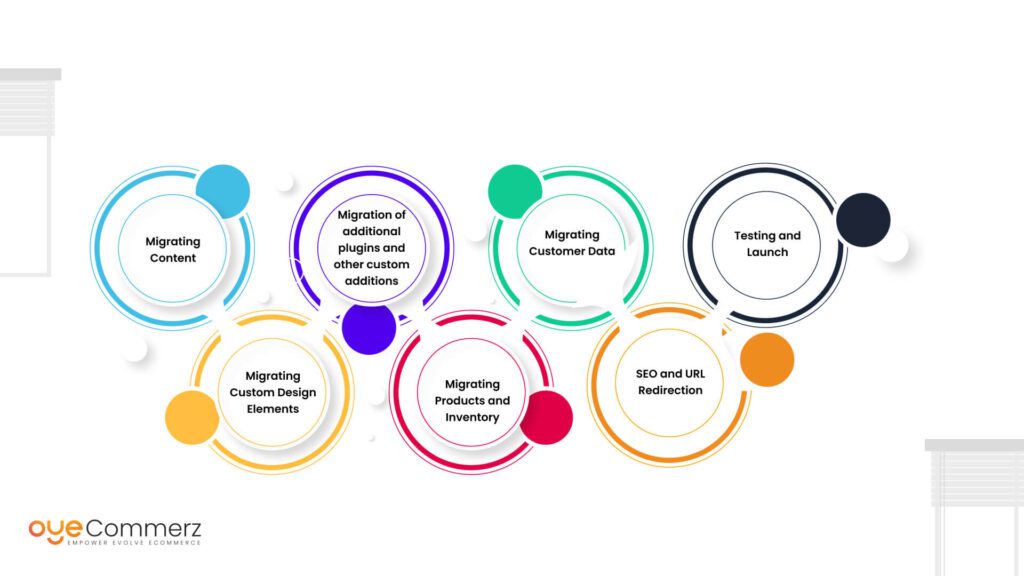In the ever-evolving sphere of eCommerce, choosing the best solution is vital for your business's growth. If you’re currently using WP and thinking about a migration to an alternative, you’re not the only one. Numerous businesses are switching to leverage Shopify’s powerful features, simplicity, and expandability. This guide will guide you on the process of migrating from WordPress to this platform effortlessly, guaranteeing that you unlock your online retail potential.
Why Switch from WordPress to Shopify?
Ahead of exploring the migration journey, it’s important to realize why this shift can be advantageous for your eCommerce business:
Accessible Tools: Shopify provides an user-friendly dashboard that makes easier store operations, enabling for non-technical users.
Growth Potential: As your business grows, Shopify can accommodate increased visitors and transactions without sacrificing speed.
Built-in Tools: Shopify provides integrated tools for search engine optimization, analytics, payment processing, and additional functionalities, eliminating the need for numerous plugins.
Robust Protection: With Shopify, you get access to advanced security features that secure confidential customer details.
Steps for a Seamless Migration
Migrating your digital shop from WordPress to Shopify includes multiple actions.
Here’s how to facilitate a smooth transition:
Prepare Your Migration Approach
Begin by mapping out your migration plan. Identify which aspects of your current site you want to migrate, such as:
Inventory information
Client data
Transaction records
Articles
Select the Best Migration Package
Based on your preferences, select a migration plan that aligns with your eCommerce goals. OyeCommerz provides several choices:
Entry-Level Plan: Perfect for boutique stores with minimal products.
Regular Option: Appropriate for growing businesses with intermediate requirements.
Premium Migration Package: Best for larger Shopify migration checklist stores needing broad customization.
Backup Your Information
Prior to initiating the migration, guarantee that you have a comprehensive copy of your WordPress site. This action is essential in the event anything goes wrong during the migration.
Retrieve Your Information from WordPress
Leverage tools or custom scripts to transfer essential information from your WordPress site:
Products
Users
Sales records
Articles
Upload Data into Shopify
After you have your data exported, use Shopify’s migration apps or specialized apps to transfer your content into your new store. Verify that all content is properly formatted and aligned.
Personalize Your Shopify Site
Once uploading information, customize your Shopify site’s design to match with your brand identity. Consider working with a designer if you need complex customization.
Set Up Checkout Systems and Delivery Settings
Set up billing solutions and delivery choices in Shopify to ensure a seamless transaction experience for customers.
Adopt SEO Guidelines
To preserve your online visibility during the transition:
Implement 301 URL mappings from existing URLs to migrated ones.
Revise meta tags.
Optimize visual content and content for better ranking.
Evaluate Your Migrated Platform
Ahead of going live, thoroughly check your new site. Look out for any broken links, checkout failures, or untransferred content.
Publish Your Store
After everything is in order, it’s time to go live! Announce the update to your clients and invite them to explore the updated features of your Shopify store.
Post-Migration Support
Even after publishing your updated store, ongoing assistance is essential. Explore engaging experts who can guide with:
Technical support
Customer engagement
Improvement strategies
Conclusion
Migrating from WP to this platform can be a crucial step for your online retail. By Shopify for small business adopting this guide and utilizing experts like those offered by dedicated providers, you can ensure a effortless transition that enhances your business potential. Embrace the opportunity and discover the potential of Shopify today!
